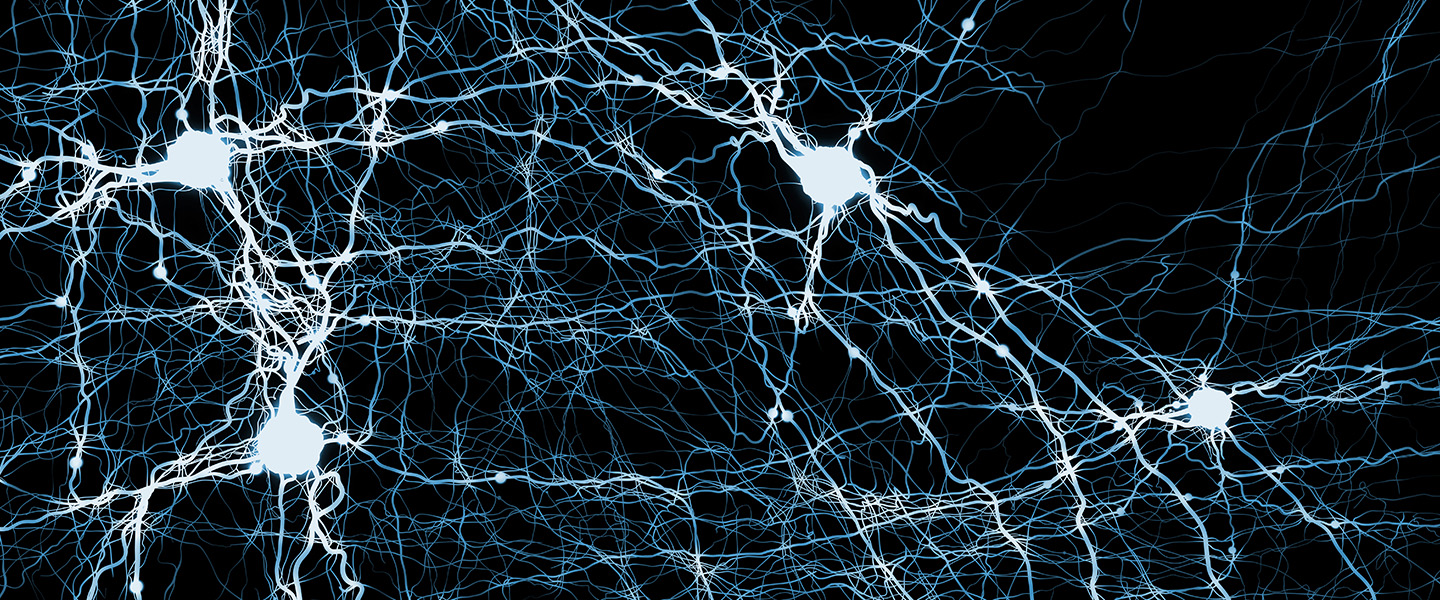A Circuit Causally Linked With Spontaneous Nicotine Addiction Remissions May Be a Powerful Addiction Treatment Target
A Circuit Causally Linked With Spontaneous Nicotine Addiction Remissions May Be a Powerful Addiction Treatment Target

By studying 129 people who were daily cigarette smokers and addicted to nicotine at the time they suffered brain damage, a team of researchers has identified a brain network that they believe is causally linked with remission from nicotine addiction.
Certain “hubs” in this network, the researchers suggest, may be excellent targets for neuromodulation treatments (for instance TMS, a non-invasive brain stimulation therapy) to alleviate not only nicotine addiction, but perhaps addiction to alcohol and other substances.
One of the co-first authors of the paper in Nature Medicine announcing the results, Shan Siddiqi, M.D., of Brigham & Women’s Hospital and Harvard Medical School, is the 2022 BBRF Klerman Prize winner for exceptional clinical research and is a 2019 BBRF Young Investigator. BBRF Scientific Council member Nora Volkow, M.D., who is Director of the NIH’s National Institute on Drug Abuse, was a co-author. Other co-first authors of the team’s paper were Juho Jousta, M.D., Ph.D., and Khaled Moussawi, M.D., Ph.D.
Working with Harvard colleague Michael D. Fox, M.D., who was senior author on the new paper, Dr. Siddiqi last year used the same experimental approach to identify a brain network that appears to be causally implicated in depression.
The approach involves working backward from brain lesions (locations of brain damage) to discover regions in the brain connected to each lesion location, and then to identify connections associated with a specific clinical effect. Just as in their study of depression, Drs. Siddiqi, Fox and colleagues note that lesions associated with remission from nicotine addiction are scattered throughout the brain. It is not the location of the lesions, but rather the common circuitry that they intersect, which generates the insights in both the depression and nicotine addiction studies.
In the current research, the plan was to perform this kind of inquiry in people who were regular smokers (addicted to nicotine), who, immediately following damage to their brain had a spontaneous remission. “Remission” was defined as people suffering brain damage who quit smoking without difficulty immediately following their lesion and neither relapsed nor reported nicotine craving after quitting.
For over a century, doctors have observed striking changes in behavior in some people who suffer brain damage. Only recently, however, with the advent of functional brain imaging and neural connectivity mapping, have researchers been able to perform scientifically rigorous analyses of individuals with brain lesions in the hope of not only mapping the circuitry that the lesions affect, but determining the ways in which they are affected. With such knowledge, the question of how to modify the affected circuits then can be considered.
For purposes of making comparisons and assessing what kind of conclusions they might draw, the team assembled two cohorts of individuals suffering brain lesions who happened to be addicted to nicotine at the time they suffered a lesion. Lesion locations were mapped to a brain atlas, and networks of brain cells functionally connected to each lesion were calculated using human “connectome” data from 1,000 healthy individuals.
Of the 129 patients, 69 (53%) continued to smoke following their brain lesion, while 34 (26%) had a remission, meaning they quit smoking effortlessly and did not return to the habit. Across both groups, patients smoked about the same amount prior to their lesion – on average, 23 cigarettes a day.
Lesion locations were scattered throughout the brain in both groups—the continuing smokers and the “quitters.” The key question thus became: for those patients who stopped smoking right after their lesion, what could be said about the relationship between their specific lesions and the networks they impacted? The same question was asked of those who continued smoking following their brain damage.
The team identified multiple differences in the underlying circuitry in the two groups. This enabled them to identify a robust “addiction remission network” in the brain that spanned brain regions. Such analysis yields “positive” and “negative” functional connections with the various lesions.
In the “quitters,” lesions that were likely to result in disruption of nicotine addiction were found to be “positively” connected (in terms of function) to the dorsal cingulate, lateral prefrontal cortex, and insula. Lesions in the quitters had “negative” connectivity to the medial prefrontal and temporal cortex. This circuit was reproducible: it occurred across independent cohorts of lesion patients.
“Positively connected” regions, in the language of this study, mean that lesions located in these regions are more likely to disrupt addiction. “Negative connectivity” refers to places in the brain where brain stimulation might induce excitation that would alleviate nicotine addiction.
To test if this “common remission circuit” might also apply in people with alcohol addiction, the team studied 186 patients with lesions, who, following their lesion, completed a detailed alcoholism risk assessment. Lesions associated with lower alcoholism risk “showed similar connectivity to the lesions that [we identified] that disrupted addictions to smoking,” the team reported. The team also identified three case reports of lesions that disrupted addiction to substances including nicotine, alcohol and opioids, and again found that “network connectivity [of these lesions] was similar” to that identified in the nicotine-addicted patients.
The team proposes that “imbalances” between brain networks may underlie vulnerability to addiction and relapse. “Our results may lend insight into which circuits are imbalanced, and how this imbalance might be modulated for addiction remission.” Treatments designed to excite and inhibit different regions simultaneously may prove useful, the team said.
The strongest “negative node” and hence an excellent potential TMS treatment target that was identified in the nicotine study is in the brain’s medial fronto-polar cortex. Interestingly, the team points out, this is a place that corresponds with a TMS treatment target proven to relieve addiction in some individuals. TMS treatments to date have not been so narrowly focused, however, perhaps helping to explain inconsistent results.
Targets implicated in the nicotine study need to be tested in randomized clinical trials, the team said, as should side-effect profiles and the question of whether remissions in addiction that are seen are long-lasting or only temporary.



